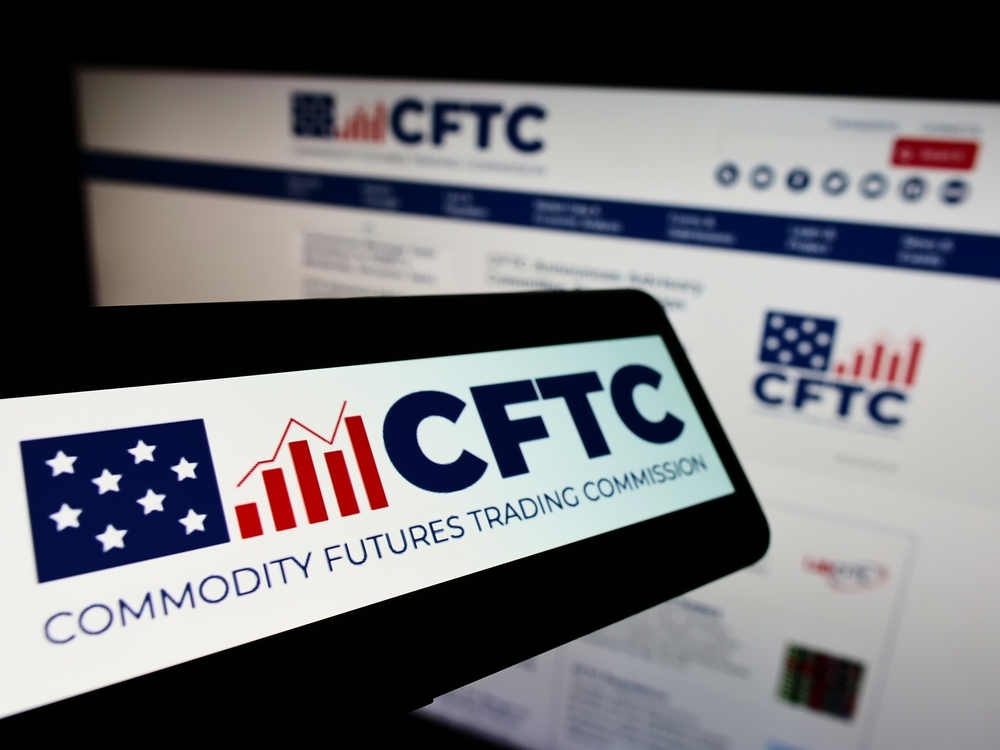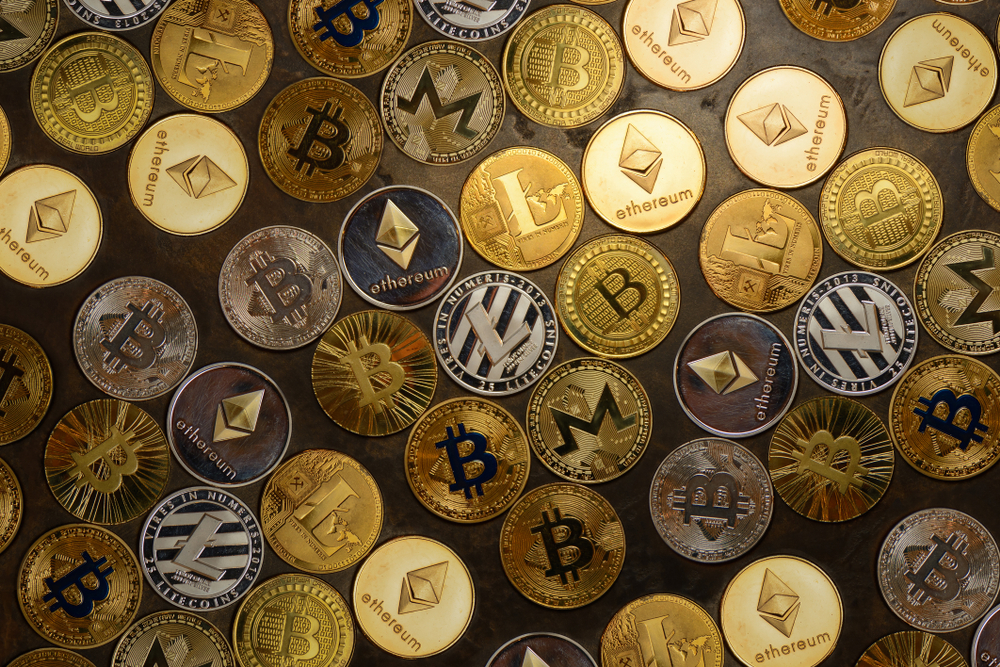A remarkable invention known as Bitcoin emerged following the 2008 global financial crisis. An unknown tech engineer named Satoshi Nakamoto wished to supply a choice to established financial systems. With the new crypto, everyone can stop worrying about how the state will regulate your finances or how banking companies will interfere with people’s monetary deals.
What digital currency actually looks like today
The revolution has already started, regardless of whether it involves virtual mediums of exchange like Bitcoin or not. Then COVID-19 arrived, which further cemented the reality of digital currency. Due to restrictions intended to stop the disease spreading, a lot of individuals and companies have started utilizing electronic money again. The traditional financial sector is being impacted by Bitcoin, which has millions of users today.
The financial sector, which confronts many safety dangers from straightforward thefts to hacker attacks, places a high priority on security. Bank robberies have cost banks money in the past. Although still present, the dangers are largely controllable. Cyberattacks, however, currently pose a significant safety risk to the financial sector. Criminals can steal money without physically attacking a bank.
Contrarily, they can do it almost entirely without leaving your house. By utilizing tech, banks open up possibilities for criminals to successfully assail and steal away the money of the users. Blockchain tech has the ability to alter that.
Blockchain technology can be used by banks and other financial institutions as a risk management tool to combat cybercrime. With the aid of this technology, data is encrypted using cryptography, virtually eliminating hacking. Blockchain adoption will enable banks and other financial institutions to rest easy knowing that cyberattacks are in the past.
Remove middlemen
The role of middlemen in financial transactions is also abolished by Bitcoin technology. Blockchain is decentralized and not under one person’s control. But everything in the conventional financial sector was under the control of state banks or other organizations. Central banks, for instance, decide how much currency is in public exposure.
Peer-to-peer trading is made possible by the decentralized blockchain system. Eliminating middlemen is done by working directly with each other. An intermediator, like a private bank or credit card provider, is involved in this transaction.
People will, however, be able to pay merchants directly in a decentralized blockchain system rather than using banks or credit card companies. This direct transaction not only cuts out pointless delays, but it also takes down expenditures since there are no intermediary fees for the parties involved.







